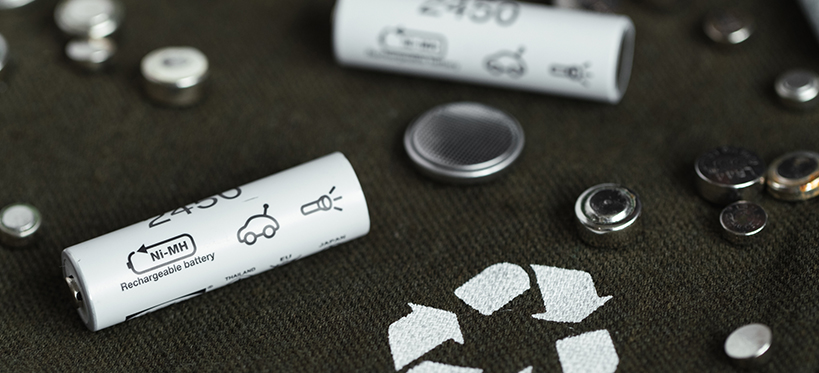
E-WASTE RECYCLING PROCESS
E-waste or waste from electrical and electronic equipment (WEEE) covers a wide range of products with a power or battery supply: from computers and mobile phones to household appliances or medical devices. It is one of the fastest-growing waste streams and thus a critical global concern. Proper handling and recycling are key: not only because it contains hazardous materials and can have a negative impact on the environment and public health, but e-waste is also a source of scarce and valuable resources.
Increasing volumes of e-waste are directly linked to economic developments. According to Global E-waste Monitor 2024 release, in 2022, almost 62 Mt of WEEE were generated globally, and this number is growing every year. The estimated global production of WEEE is expected to increase to 82 Mt by 2030.
In 2022, only 22.3% of e-waste was collected and recycled in an environmentally sound way. In terms of e-waste generated per capita, the European Union ranks first with 17.6 kg, while its recycling rates are the highest boasting 42.8 per cent. Countries in Asia generate almost half of the world’s e-waste (30 billion kg). African countries generate the lowest rates of e-waste but on the other hand they struggle to recycle it; the recycling rates are below 1 per cent.
With e-waste, proper management and recycling are crucial. The increase in e-waste generation is almost five times higher than the increase in formal recycling. This is due to technological advances, higher consumption, limited repair options, short product life cycles, increasing digitalization and inadequate e-waste management infrastructure. WEEE contains toxic substances that are released into the environment during informal recycling, which results in a direct negative impact on people’s health, pollution, and even contributes to global warming.
That is why more and more countries are adopting policies on e-waste. In 2023, 81 countries had policies, regulations, or laws in place that regulated e-waste, which covered 72 % of the world’s population. However, the global collection rate averages only 22.3 %, with Europe collecting around 42.8 % WEEE. Not only the number, but the standards of treatments vary greatly around the world.